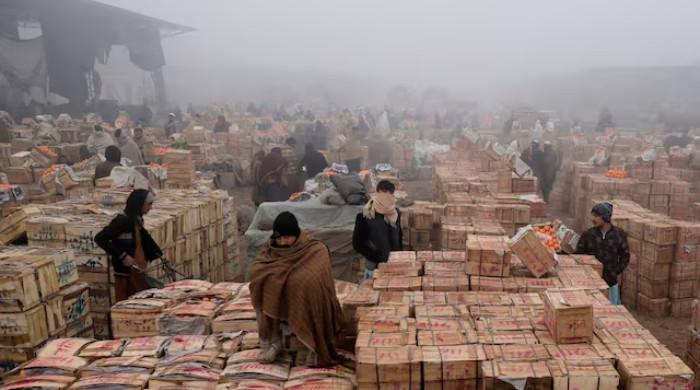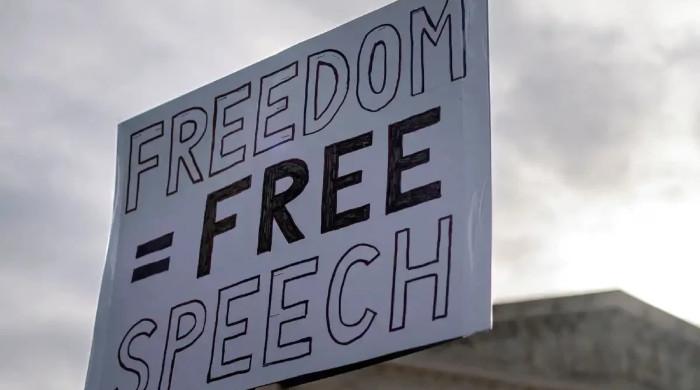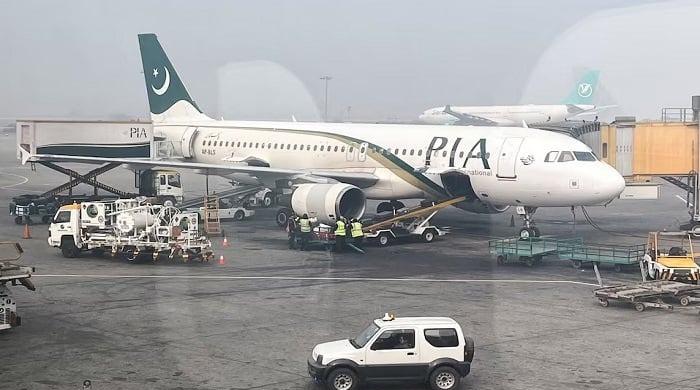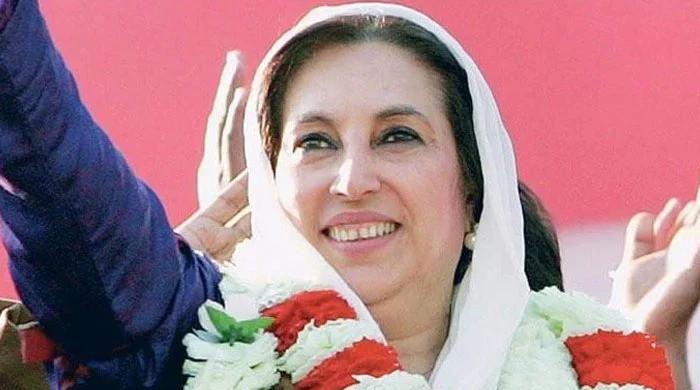Muslim rulers and Padmaavat’s Khilji
Sanjay Leela Bhansali may have earned a good share at the box-office for his work, but he certainly hasn’t done his countrymen and history any favours
February 08, 2018
Were Muslims rulers barbaric, savage and lustful? Did they forge a path of destruction? Did they annihilate entire tribes, cultures and kingdoms at whim? A recent Bollywood film, Padmaavat, surely portrays so, even if it takes cover under the guise of fiction and creative license.
Chase F. Robinson is a distinguished historian of Islam. If you haven’t read any of his works, now is the time to do so, as the debate generated by Padmaavat gathers steam. His first work, Empire and Elites after the Muslim Conquest: The Transformation of Northern Mesopotamia, was written in a reply to questions raised by European right-wing philosophers. Robinson has no patience for insinuations that Muslim sultans spread Islamic culture using violence. In fact, he argues that in comparison, conquerors from other religions were more brutal to the people of the kingdom they invaded.
The historian further insists that Muslim emperors instead had a penchant for arts and culture. And although they were good at strategising and planning for warfare, Robinson admits that their love for the arts always took a front seat.
The exquisite Dome of the Rock at the shrine in Jerusalem was built in the 7th century by the Umayyad caliph, Abd al-Malik ibn Marwan. A famous saying about him was that he had never even hurt a fly. Then there was Mehmood of Ghaznavi, who the subcontinent considers a destroyer of temples. But he also built large, expansive gardens which were later incorporated into the palaces of the Mughal kings.
Mahmud II, the 30th sultan of the Ottoman empire, also had a notorious reputation tailing him. Yet, it should be noted that during his term he built many mosques and introduced the Tanzimat reforms in Turkey that marked the beginning of modernisation in the empire, by bringing in social and legal changes.
In the epochs of the Sultans, prominent scholars, artists, sculptors, scientists, businessmen and traders were promoted.
Over in Spain, Muslim rulers set up scientific laboratories and a university at Granada, whose famous students include English philosopher Francis Bacon and Roger Bacon.
The impact that these scholars and philosophers had on the society and the world at large can be determined by the examples they set later. Italy’s Saint Thomas Aquinas was inspired by Ibn Rushd, an Arab polymath and philosopher, who in the 12th century vigorously defended Aristotle’s work.
Back in the subcontinent, it is important to ask that would poet Amir Khusro had gained the fame that he has had he not had the patronage of Ghiyas ud din Balban, the sultan of Delhi? While, on one hand, the sultan was keeping the Mongols at bay from destroying India, on the other, he was promoting arts through his protégés. What would the modern landscape have looked like without Urdu, without the tabla and without qawwali?
As for Alauddin Khilji, the antagonist in the Bollywood flick, he grew up in a household that strictly followed the refined traditions of the Turkish culture. During his tenure, he made provisions for clean drinking water and contributed greatly to Delhi’s architecture. Khilji was no barbarian, who gnawed on raw meat.
Sanjay Leela Bhansali may have earned a good share at the box-office for his work, but he certainly hasn’t done his countrymen and history any favours.
Rauf is the group director of Infotainment at Geo TV.









